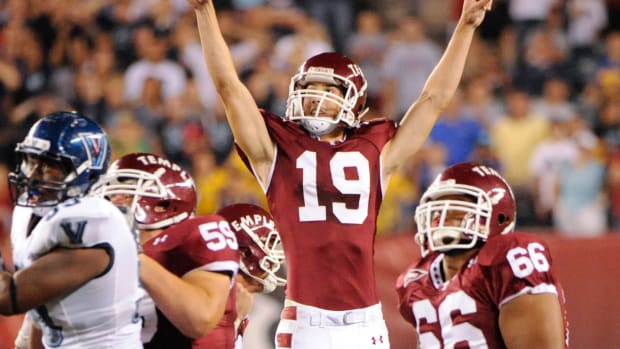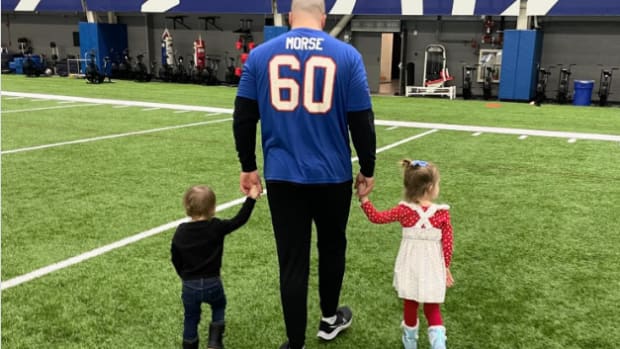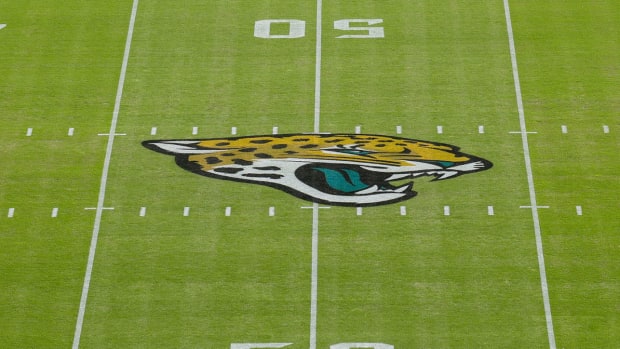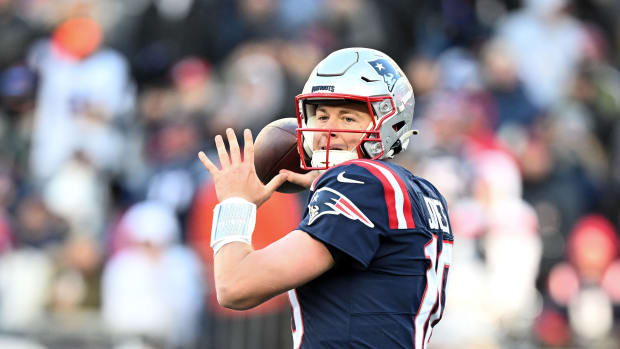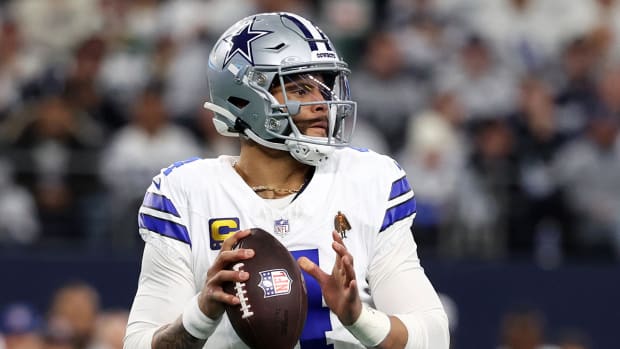Can the Jaguars Finally Snap Their DVOA Dry Spell on Offense in 2021?
There aren't many stats today that better capture the totality of success and efficiency of offensive, defensive and special teams units today than Football Outsiders' Defense-adjusted Value Over Average (DVOA).
And while there are countless bodies of data and evidence points to prove DVOA's worth over the years, perhaps the most relevant testament to just how effective of a metric DVOA is revolves around the Jacksonville Jaguars and a dry spell that has lasted over a decade.
In an era in which playing offense and scoring points has truly never been easier, the Jaguars have failed time and time again to have a standout offense. Even in the Jaguars' best seasons over the last two decades, the team has been known more for their standout offense.
The Jaguars have only ranked better than 24th in points per game three different times since 2007, and only in the top-10 once. They have had more busts and flameouts at quarterback than they have had competent starters, and the annual rotation of one-year play-callers has plagued the franchise year after year.
But the biggest mark against the Jaguars' offensive ineptitude in the last 10-plus years? The fact that despite all of the weapons, rule changes and schematic advantages that favor offenses today, the Jaguars have not been able to field a top-10 offense in terms of DVOA since 2007.
Why is this stat important? Because, unlike raw stats, it gives a baseline comparison for every single team. The value and production of each unit are weighed and adjusted for the opponent, the situation and more. And the deeper the stats dive, the worse the Jaguars' offense has looked.
"Every single play run in the NFL gets a “success value” based on this system, and then that number gets compared to the average success values of plays in similar situations for all players, adjusted for a number of variables," Football Outsiders wrote to explain DVOA.
"These include down and distance, field location, time remaining in game, and the team’s lead or deficit in the game score. Teams are always compared to the overall offensive average, as the team made its own choice whether to pass or rush. When it comes to individual players, however, rushing plays are compared to other rushing plays, passing plays to other passing plays, tight ends to tight ends, wideouts to wideouts, and so on."
| Year | Offensive DVOA | Offensive DVOA Rank |
|---|---|---|
2020 | -12.6% | 27 |
2019 | -9.9% | 24 |
2018 | -21.7% | 30 |
2017 | 0.4% | 15 |
2016 | -11.5% | 27 |
2015 | -5.2% | 20 |
2014 | -24.8% | 31 |
2013 | -30.3% | 32 |
2012 | -18.6% | 28 |
2011 | -27.1% | 31 |
2010 | 3.5% | 13 |
2009 | 4.2% | 15 |
2008 | 6.2% | 13 |
2007 | 21.9% | 3 |
But after years of rolling out below-average quarterbacks such as Blaine Gabbert, Blake Bortles, Chad Henne, Nick Foles, and to a lesser extent Gardner Minshew, the Jaguars can finally stake claim to a signal-caller with the potential to be a true franchise quarterback in No. 1 overall pick Trevor Lawrence.
This leads to a question that will face the Jaguars until they are finally able to put it together on that side of the ball: Can they field a top-10 offense soon? If so, how soon? Is 2021 a realistic goal or is it a pipedream?
There is some precedent to rookie quarterbacks leading dynamic offenses. The Chargers finished No. 15 in offensive DVOA last year as Justin Herbert broke record after record. Dallas was No. 3 in 2016 under a rookie Dak Prescott. The Panthers were No. 4 in Cam Newton's rookie season.
It isn't unheard of for a rookie quarterback to lead his team to newer heights in terms of DVOA, so it shouldn't be considered impossible for Lawrence to do so. With over 30 career college starts, multiple ACC and Clemson records under his belt and a reputation as an NFL-ready prospect, the expectations and standards are higher for Lawrence than most other rookie passers.
Lawrence isn't walking into a barren offensive ecosystem, either. He has two experienced coaches in offensive coordinator Darrell Bevell (who has coordinated five top-10 DVOA offenses) and passing game coordinator Brian Schottenheimer, an experienced and solid (if unspectacular) offensive line, and a host of weapons at wide receiver and in the backfield.
But Lawrence will also be adjusting to his new life in the NFL. He will be facing bigger, stronger, faster, and smarter defenders than he ever did at Clemson. And for all of the talent the Jaguars have on offense, they have long been tabbed as a team with offensive weapons galore -- yet they have continually failed to put it together.
Lawrence has a chance to change all of that for the Jaguars in 2021. The weapons, coaches, protection, and a weaker AFC South are all there to help him produce like an above-average quarterback as a rookie signal-caller. There will be clear challenges, but he has more to work with than any of the Jaguars' past rookie quarterbacks.
Can Lawrence snap the Jaguars' DVOA drought on offense will be answered in a matter of a few months. But as of today, he is by far the best chance the Jaguars have had since 2007 to return to the offensive mountaintop.

